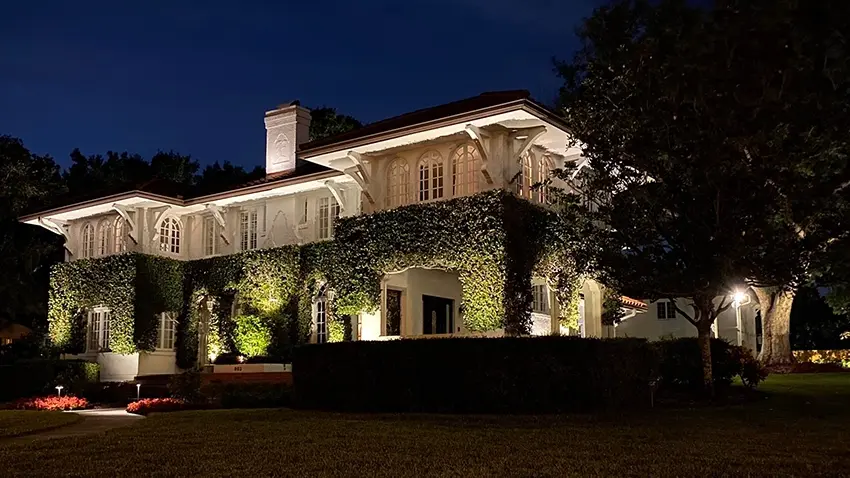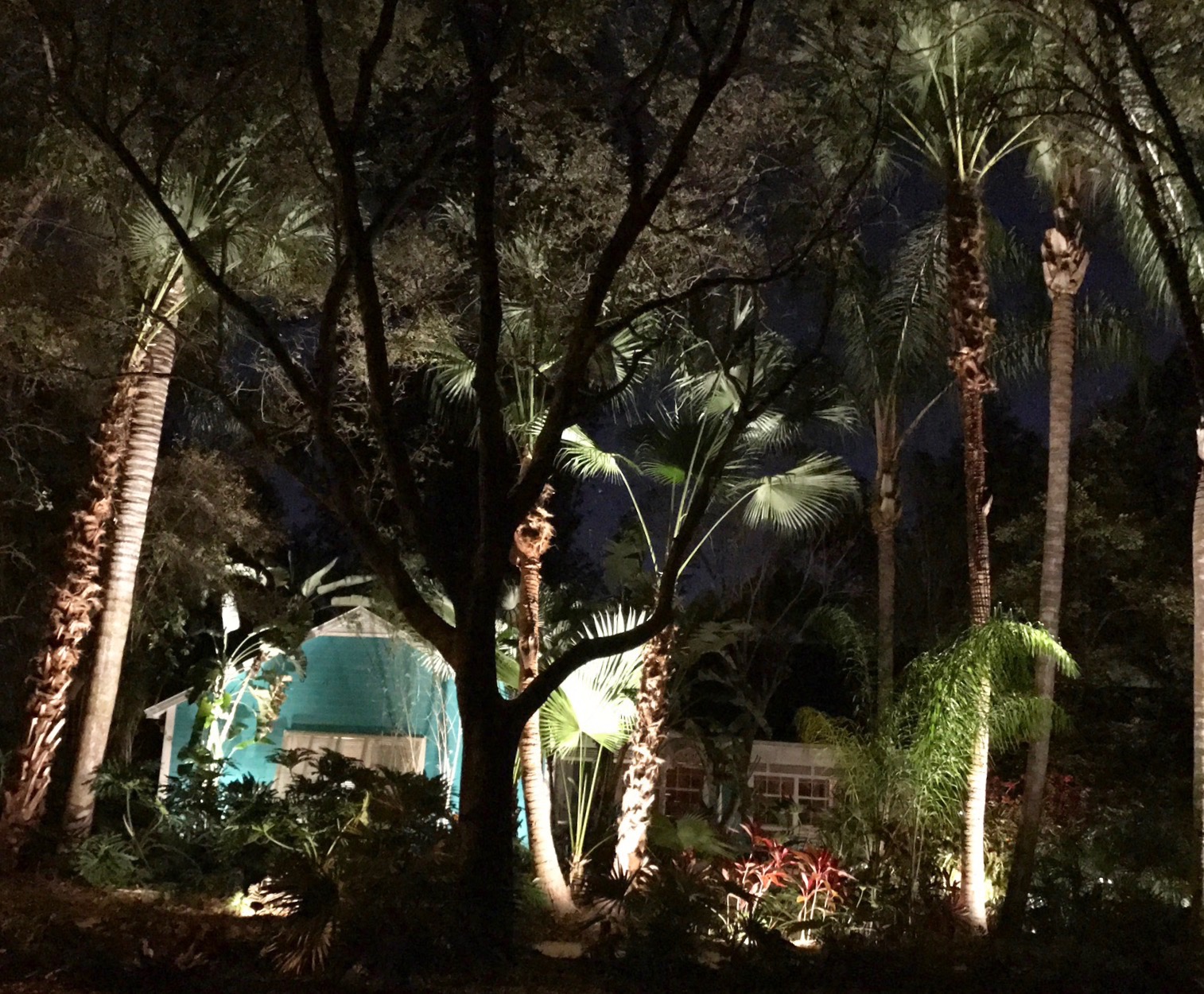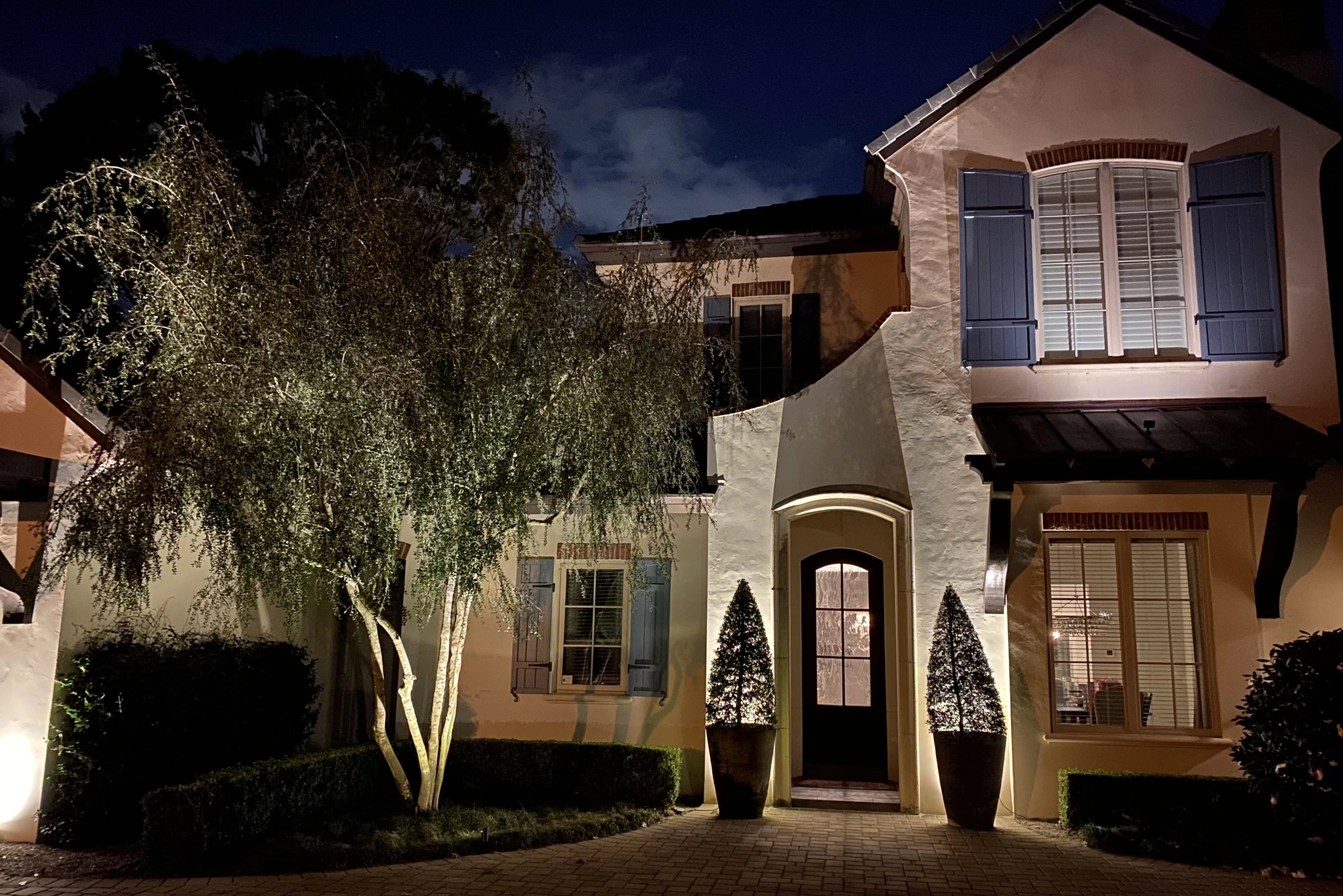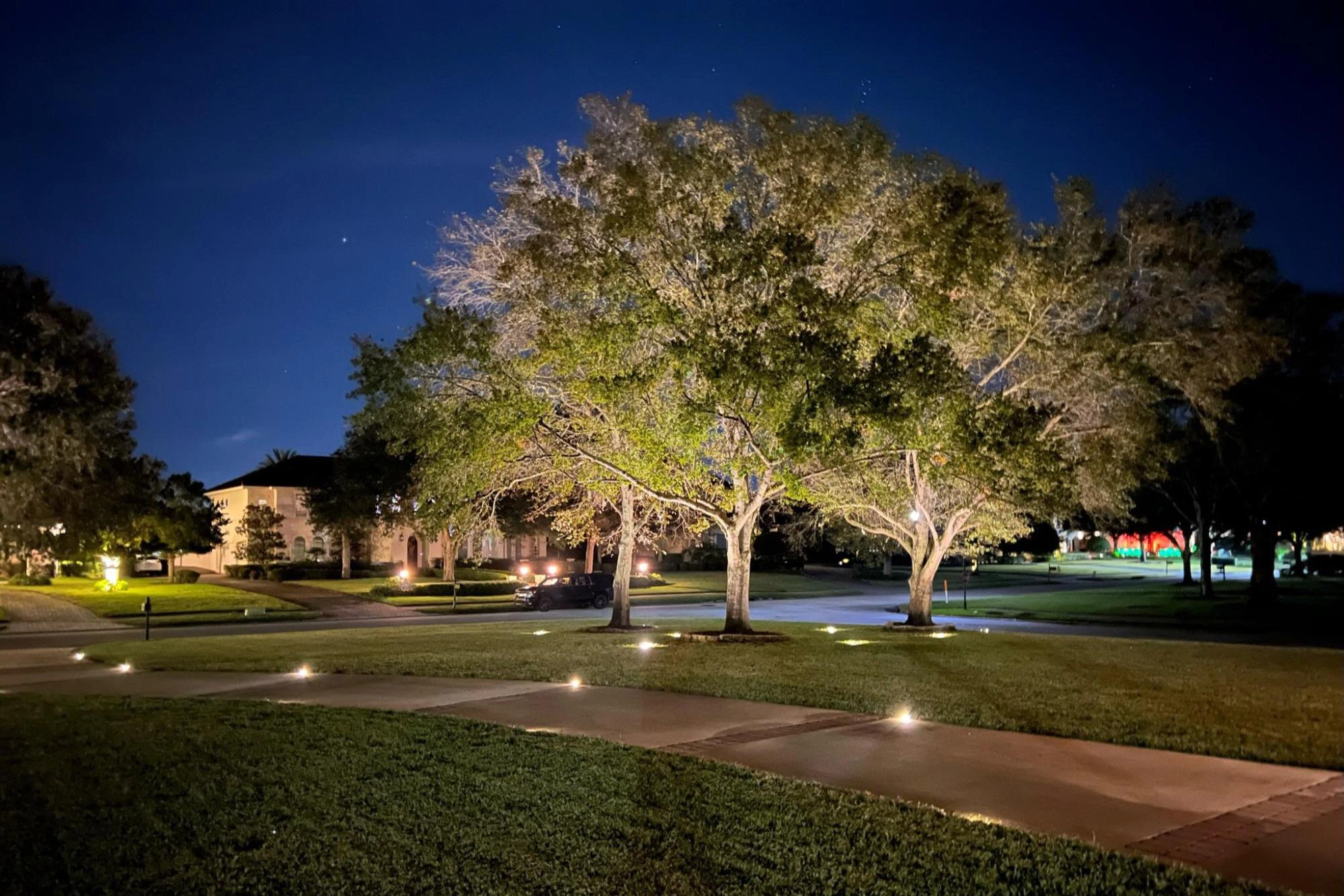Designing A Stunning Landscape Lighting Plan For Your Property
When it comes to enhancing the beauty, safety, and comfort of your property, landscape lighting design plays a crucial role that goes beyond just illuminating your pathways and greenery. It’s an artistic and creative way to shine a light on the value and functionality of your property’s best features. A well-designed landscape lighting plan can elevate your outdoor space by bringing architectural features to life, capturing attention with focal points, and creating a playful balance between shadow and light elements. If you’re ready to transform your outdoor space into a stunning masterpiece, read on to get started with our tips for creating a stunning landscape lighting design.
1. Make Note Of Your Unique & Intricate Architectural Features. The first step to creating a stunning landscape lighting design is to take note of which architectural features you want to accentuate and bolster. If your property has a stunning facade, consider using uplights to highlight its beauty or to create a dramatic effect.
For intricate stonework engravings on columns and arches, consider installing spotlights or grazing lights to draw the eyes toward the patterns and texture found upon them. Spotlights will provide a focused beam of light, highlighting them as a specific interest, while grazing lights that are positioned close to their surface, will create a mesmerizing effect.
The key here is to create visual intrigue, play on the depth created by the dips, textures, and height of your property’s architecture, and highlight the personality and character found within. To do this, consider factors like beam angle, intensity, and your property’s construction (masonry, columns, metalwork, stained glass, etc).
2. Add Depth and Drama With Focal Points. The next step in creating a stunning property with the magic of landscape lighting design is to identify and create focal points to highlight specific elements within your property’s perimeter. Focal points could be a garden statute, a stunning fountain, a beautiful flower bed, or a pergola. Once you’ve identified the focal points, use landscape lighting in the following ways:
a) Use uplighting to emphasize tall trees and statues.
b) Use downlighting to create a soft glow across pathways & seating areas.
c) Use cross-lighting to create shadows & add depth to textured surfaces.
d) Layer lighting types (path lights, spotlights, floodlights) create depth and drama, while contrasting intensity and color.
e) Add a touch of mystery by experimenting with shadow patterns on walls, trees, and garden beds.
The key thing to remember here is to keep scale and proportion in mind. You want lighting fixtures that correspond to the size of the focal point to ensure a balanced and harmonious lighting design.
3. Complement Your Property’s Architectural Design Period. When designing a stunning landscape lighting plan for your property, it is crucial to complement your property’s architectural design. The architectural style of your home plays a significant role in determining the overall aesthetic and ambiance of your outdoor space. By incorporating lighting fixtures that align with the architectural style, you can enhance the visual appeal and create a cohesive look.
For example, if you have a modern or contemporary home, sleek and minimalist lighting fixtures can complement the clean lines and geometric shapes. On the other hand, if your property has a traditional or rustic charm, ornate lanterns or vintage-inspired fixtures can add a touch of nostalgia and elegance. By harmonizing the architectural style with your lighting choices, you can create a visually captivating and inviting outdoor environment that seamlessly blends with your property’s overall design.
4. Achieving Balance With Different Lighting Elements. When planning your landscape lighting design, it’s important to balance different lighting elements to create a visually captivating outdoor environment. You don’t want to overdo it with too much light, and end up creating glare, dark spots, or compromise the safety of your outdoor space. To achieve a balanced and beautiful landscape lighting design, do the following:
a) Layer ambient, task-based, and accent-based lighting to create dimension.
b) Space out your lighting fixtures at appropriate distances and from the objects you’re highlighting to get just enough overlap.
c) Use dimmers and timers to control the brightness and duration of your lights.
An example of achieving balance along a covered pathway would be to place stronger path lights on either side of the walkway, and then add a touch of decorative string lights above to balance out and diffuse the stronger light. This would create a subtle, vertical gradient of light that slowly diminishes into the night air.
Wrapping It Up
The above techniques can be used to help you create a stunning landscape lighting design, that will highlight your property’s unique architectural features and style, while drawing attention to the splendor of your outdoor space. If you’re ready to take the first step towards creating a visually captivating outdoor environment, contact us here at Southern Outdoor Lighting, and let our experts help you create a plan that will elevate and transform your property.
Search
Recent Articles
Categories

$300 Value Lighting & Design Consultation for FREE
Free Lighting & Design Consultation A $300 Value! For a limited time, we are offering a free in-home lighting consultation. We’ll show you demos of up-to-the-minute technologies and discuss ideas for your space.




